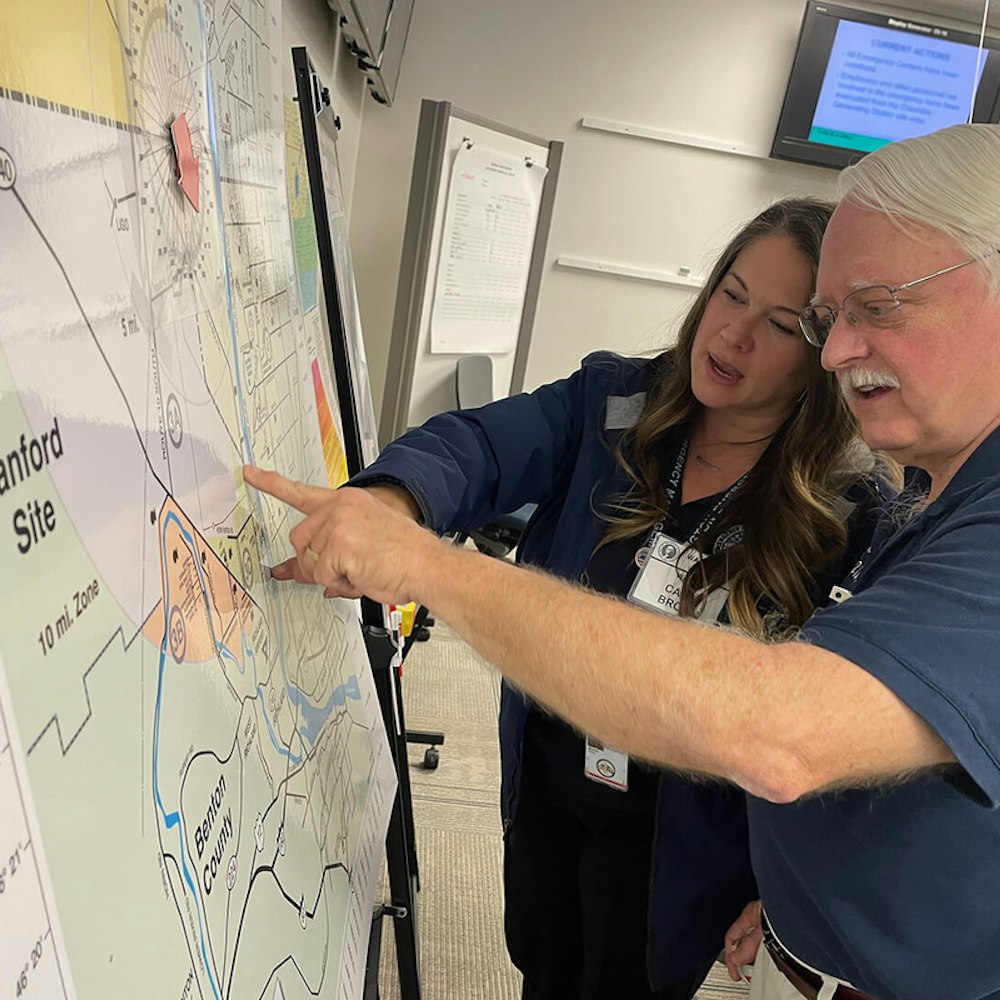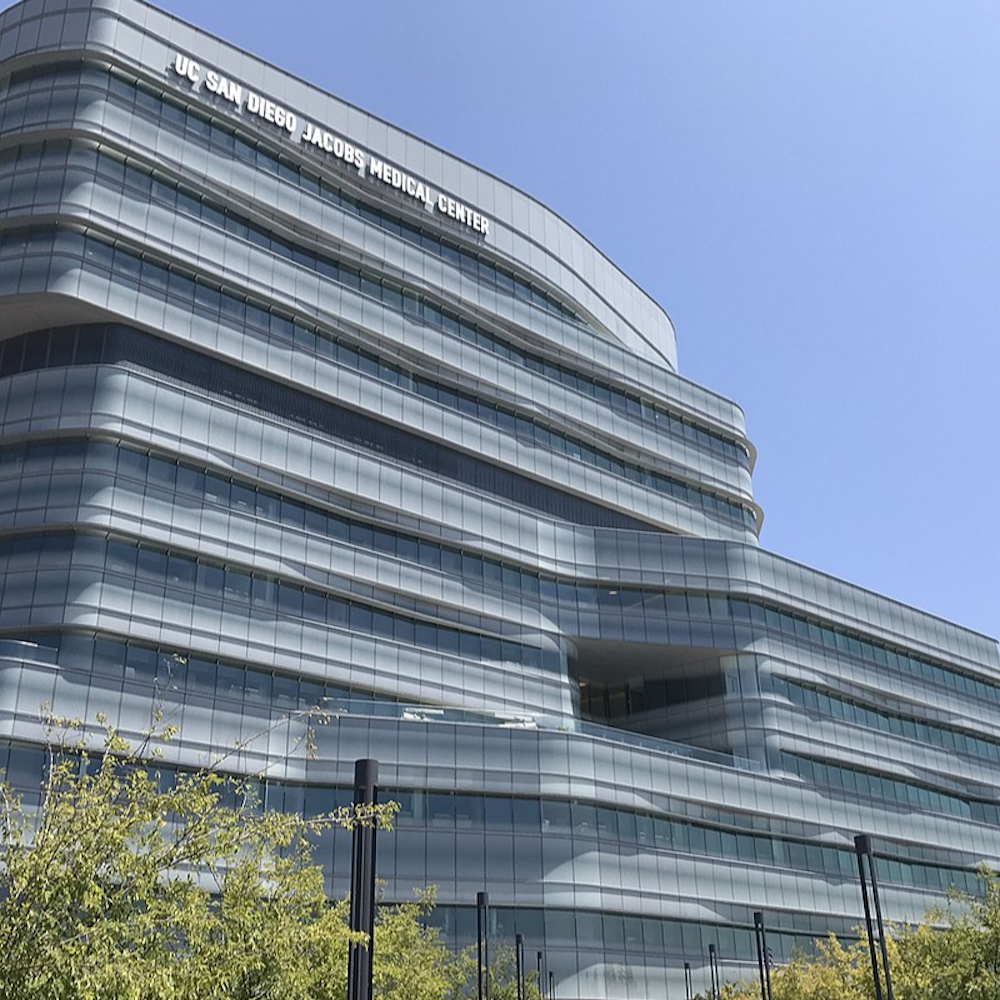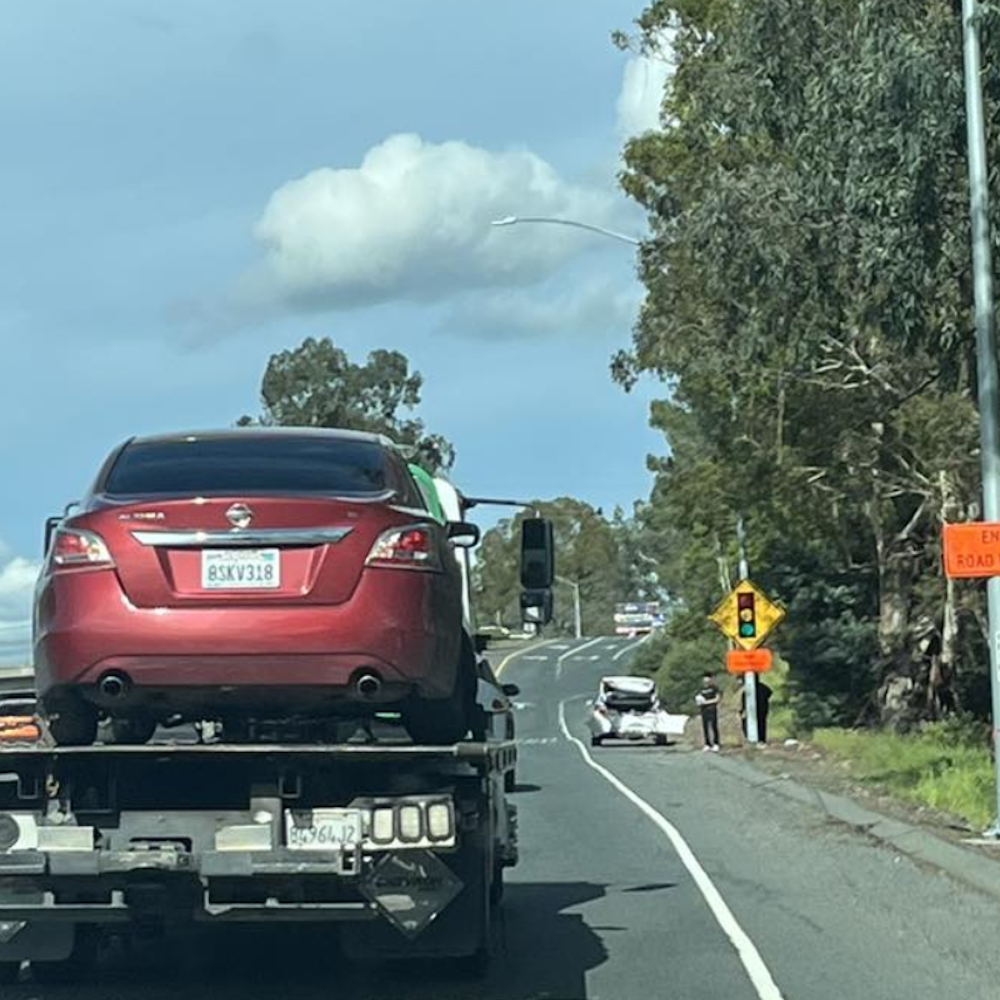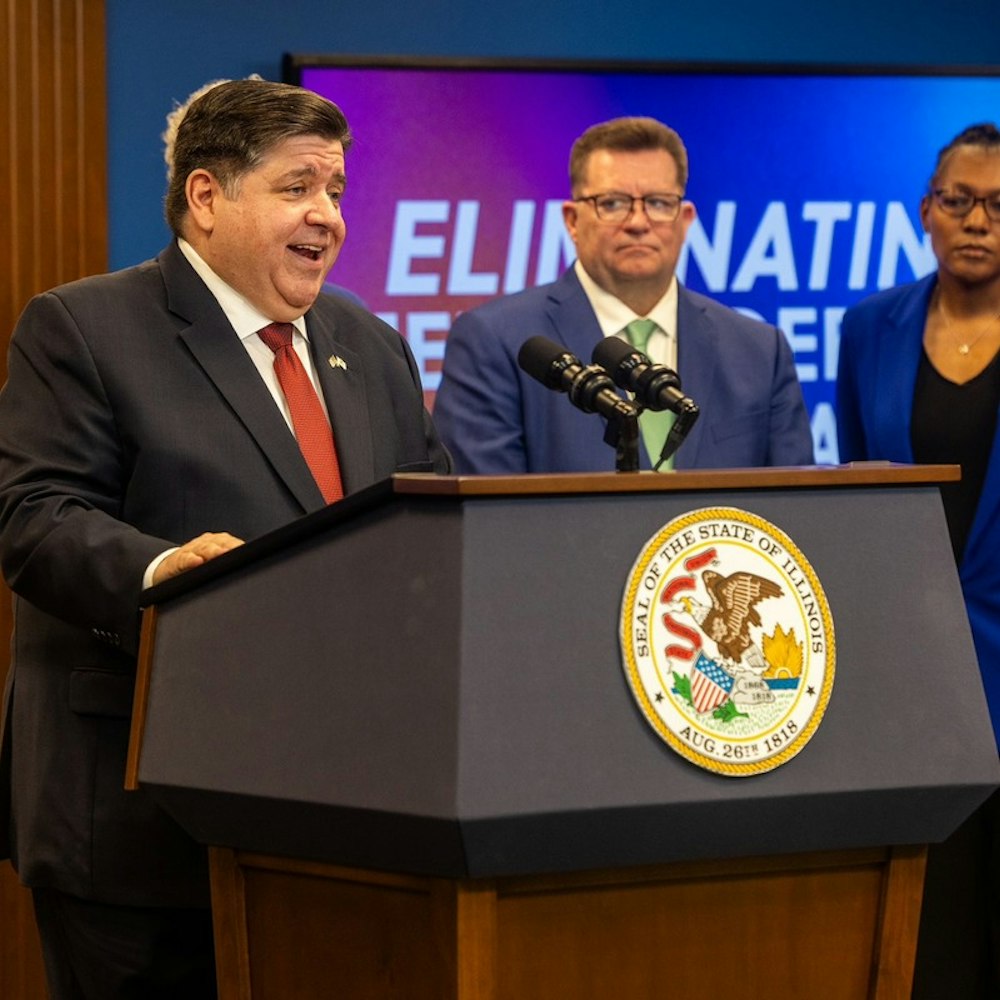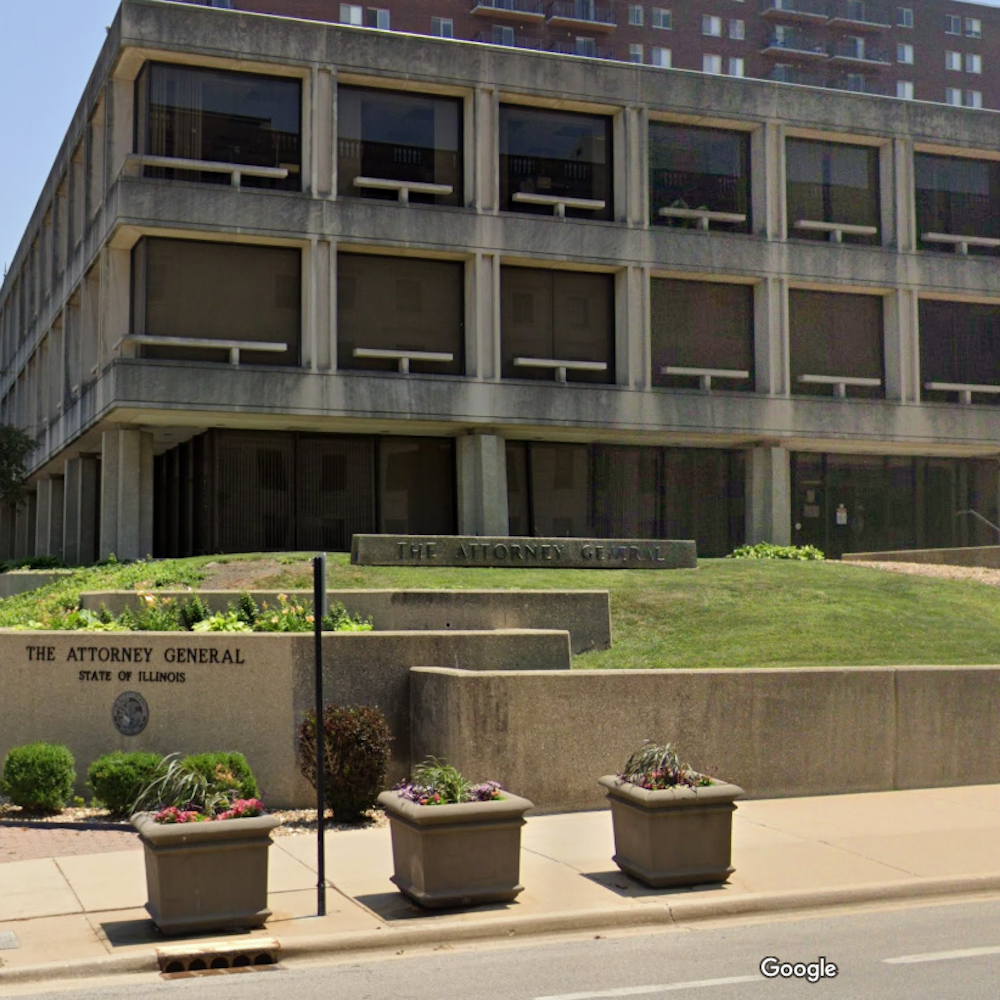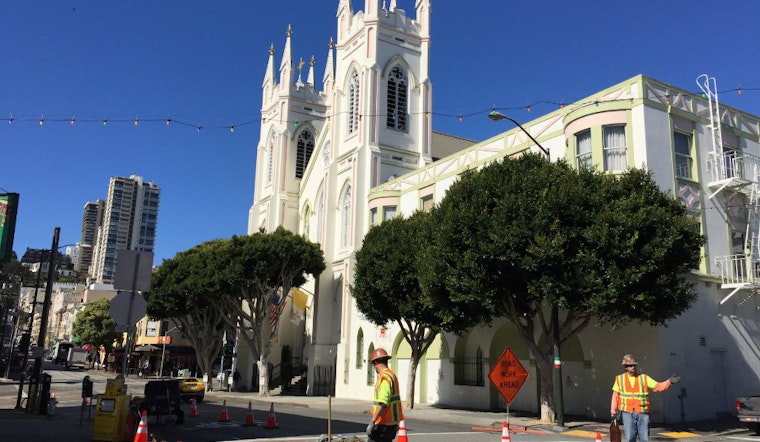
At a meeting on Thursday evening, North Beach and Telegraph Hill residents peppered public agencies with their questions and concerns about Piazza Saint Francis, the Poets Plaza, which is being proposed for the 600 block of Vallejo between Columbus and Grant avenues.
The crux of the argument, which has gone on for several months, remains whether that block of Vallejo should be permanently closed, or whether at least some traffic should be allowed to flow.
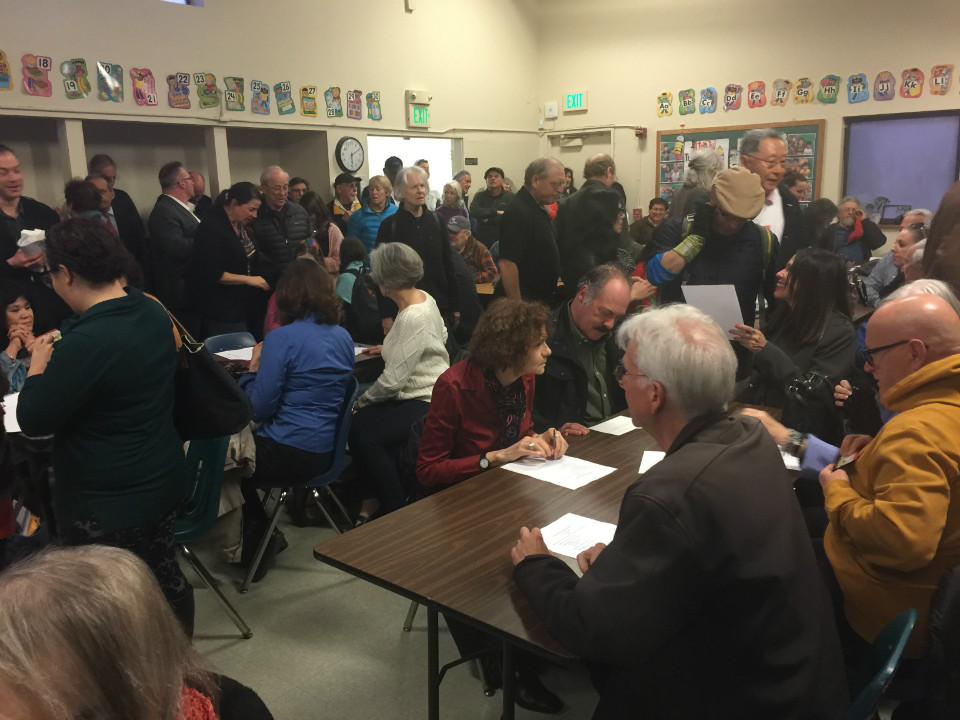
More than 200 people stood in line to get into the meeting, which was slated for 6-7:30pm at the Tel-Hi Neighborhood Center (660 Lombard St.) The toasty room didn't have enough seating for everyone, so the meeting kicked off a bit late, around 6:10pm, with Supervisor Aaron Peskin offering comments.
"This is an evening not for rancor; not for anger," Peskin said, hoping to avoid a repeat of the previous community meeting about the plaza in December, which was contentious and marked by people yelling and interrupting each other. This time, Cordell Wesselink from Community Boards—a conflict resolution center—was enlisted to moderate the meeting and keep people from talking out of turn, though it did occur.
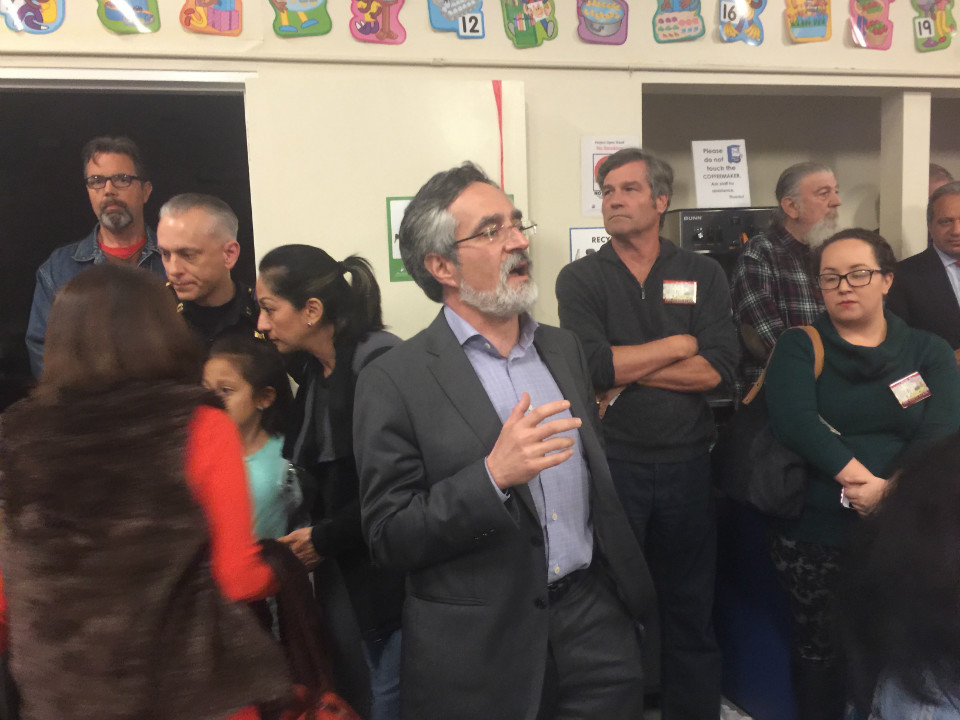
Aaron Peskin.
No one from the city spoke to residents at the December meeting, but this time, representatives from SFMTA, SF Planning and SF Public Works were on hand to address questions and concerns. They included Neil Hrushowy from SF Planning; Brian Dusseault and Norman Wong from the SFMTA; and Lynn Fong and Jerry Sanguinetti from SF Public Works. The head of Public Works, Mohammed Nuru, was also in attendance, and tweeted about the event while there:
Over 200 people in North Beach go over plans for the Piazza Saint Frances - Poets Plaza pic.twitter.com/dEPZoML2nU
— Mohammed Nuru (@MrCleanSF) March 4, 2016
After Peskin kicked off the meeting, the plaza's architect, Dennis Sullivan, read a statement from Lawrence Ferlinghetti, who initially envisioned the piazza. It read in part:
Piazzas introduce grace, love and conviviality into the mechanistic grid of American cities. And cities have learned lately that they don't have to let themselves be run over by floods of cars and trucks. Plazas have been one of the devices used to control the flood.
Plazas have roved successful in some Western cities. But a temporary plaza, or a plaza that allows cars to go through it during certain hours, would be useless here.
That got to the meat of the argument, which was debated for the rest of the evening. Along with their supporters, Ferlinghetti and Angela Alioto—who has been spearheading fundraising, outreach and permitting for the plaza—want to see one block of Vallejo closed permanently for the Umbrian-style piazza.
If constructed as planned, the plaza would be inlaid with Italian marble, inset with bronze lettering quoting poets and thinkers. The closed-off street would have collapsible bollards that fire trucks can drive over, in case emergency access is needed. Alioto had previously hoped the plaza's construction would happen in conjunction with the planned water and sewer work on Vallejo, which recently kicked off.
Many in the neighborhood, however, are staunchly opposed to closing the block, citing traffic and safety concerns. They say they're not opposed to the piazza as a concept, but they want it to remain open to vehicles at least part of the time.
The SFMTA's Wong addressed traffic concerns about the plaza early on, saying that a 2007 traffic study showed there would be no significant impact to the intersections studied.
"As part of the environmental process and the documentation, the 2007 study was looked at again in 2014," he said, and another traffic count was taken at Grant and Vallejo in November of 2015. These more recent traffic counts "indicated the traffic volumes and intersection operations are very similar," he said. "There hadn't been any significant changes."
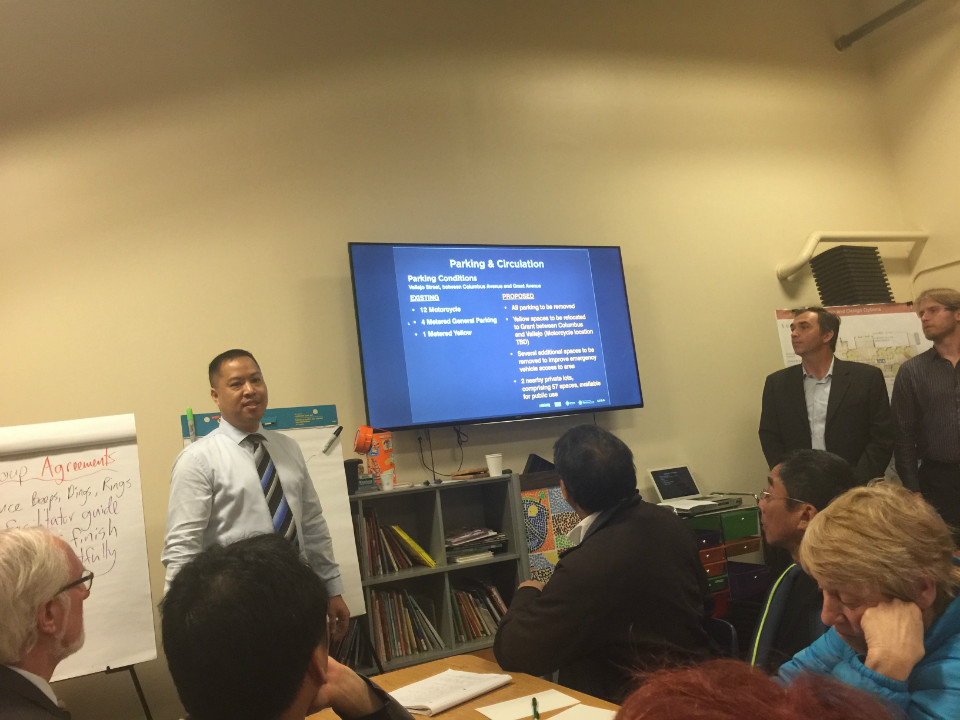
Norman Wong, SFMTA, discusses traffic, parking and circulation.
But some neighbors disagreed with the study. "That street, Vallejo, is the outlet for the whole hill. I appreciate the traffic study, but I think anyone who lives there knows it's not about trips; it's about movement," said Don Raichle, a landscape architect who lives on Telegraph Hill.
At both the December meeting and Thursday's meeting, Raichle circulated a suggested redesign for the plaza that would still let traffic flow. "I think we all prefer the idea of something happening," he said, "but it’s not going to happen unless it accommodates everyone’s needs."
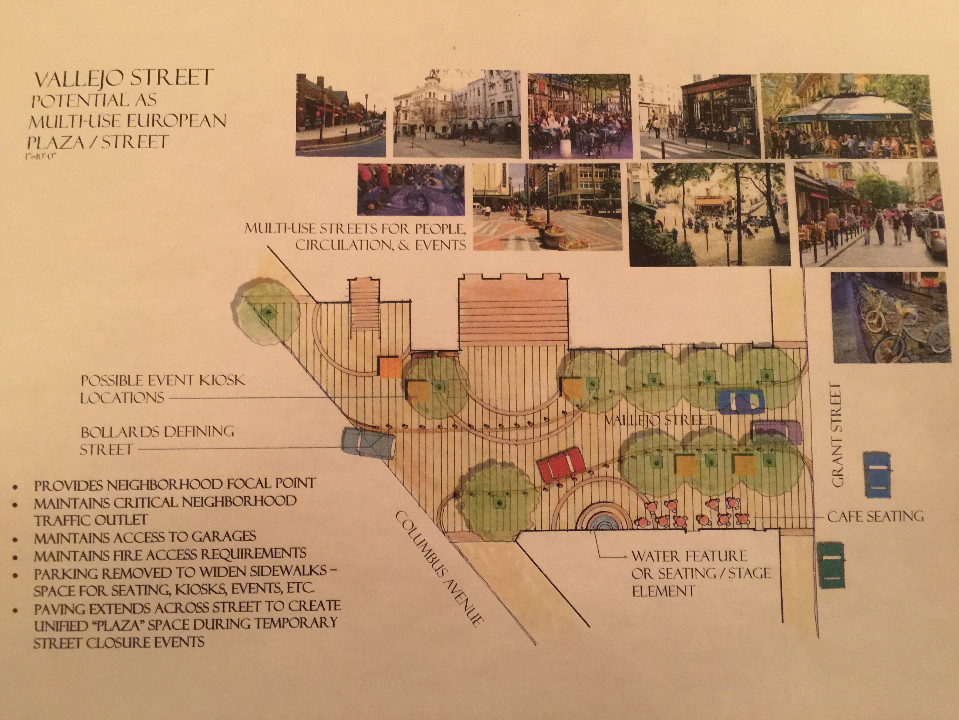
Don Raichle's proposed design.
Around 6:45, SFPD Central Station Capt. David Lazar announced that the over-capacity crowd was a fire hazard, and asked everyone to grab a chair and go downstairs into Tel-Hi's larger gymnasium. After the crowd resettled, Wesselink took questions from attendees and also asked them to write their questions and concerns on index cards, which were compiled.

Don Raichle addresses the gathering.
Many of the points raised were similar to those that came up in December. One woman had a concern about access for fire trucks, while other neighbors were worried about the loss of parking. One person wondered if the musicians at the Saloon would still be able to unload their equipment.
Another mansaid he's a real estate developer, so "hearings, notifications are my life." He argued that there was "no public vetting" about the project, asking "Is this a fait accompli? Is this deal done?" The response was no: The major encroachment permit, as it's called, was approved by a consortium of agencies, but still needs final approval from the SFMTA board, and then a hearing will occur with Public Works. The permit also needs approval from the Board of Supervisors.
Under the current timeline, the SFMTA board would hold a hearing on the permit in June of 2016. If approved, a hearing would be set at Public Works in the fall of 2016, and then the project would go to the Board of Supervisors for a vote in late 2016. If the plaza passes those hurdles, a permit would be issued in early 2017. Attendees asked for all further hearings and meetings to be more thoroughly publicized.
Not everyone at the meeting was against closing the block of Vallejo. Fabio Giotto, CEO and president of Caffè Trieste, stood up to say it's important to build the piazza soon, so that his father, the cafe's founder, and Ferlinghetti (who are both in their mid-90s) can see it built.
Adrienne Giotta, a co-owner of Caffe Trieste, asked if the cafe would be responsible for any of the maintenance, liability or insurance for the plaza. She was told the project cosponsors—the Knights of Saint Francis and the Piazza Saint Francis—must secure a bond based on the cost to build the piazza, and have a maintenance agreement so the city and county is not on the hook for the costs. If the sponsors dissolve or no longer maintain the street, then the bond would be used to revert Vallejo to its original state.
Several more people stood up to speak, asking for alternatives to be considered. "We, like all of you, want to see something done ... that brings life and community to the neighborhood," said Stan Hayes, president of the Telegraph Hill Dwellers. "[But] that is the main outlet and inlet for so many people who live on that hill ... At least keep in hand more than one design. Keep in hand a design that keeps the street open, if you can. Please update the traffic study. It doesn’t feel right." After he spoke, a round of applause erupted.
"I am hopeful that we will find a path forward that will give us some kind of additional open space and a piazza on the 600 block of Vallejo that is done in a way that can accommodate the concerns of neighbors, of businesses," Peskin said. He later added he didn't realize the issue was "this profound" in the neighborhood. "We are sincerely interested in something that meets all of the neighborhood’s concerns and moves something at this location forward."
After the meeting, we overheard Alioto and Raichle agreeing to talk about the piazza further. Vince Sanchez, of Mama's restaurants, also brought up the question of why a temporary closure of 90 days can't be put back on the table, to see if the plan works or if it does indeed hamper traffic. A temporary closure was previously requested for September 26th, 2015, through January 4th, 2016, but it was put on hold after neighbors expressed concerns.



